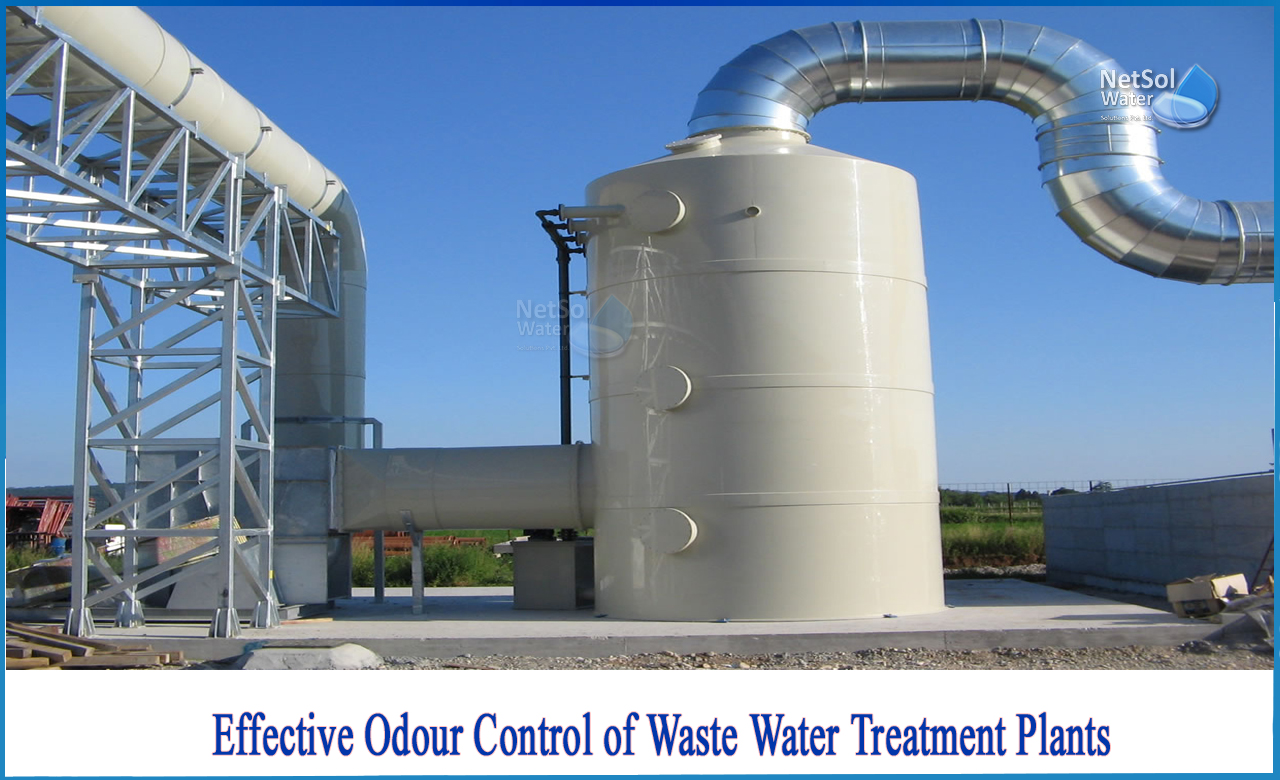Overview
Odour emitted from industrial and manufacturing facilities affects the environment, community well-being, the safety and productivity of factory workers. Many industrial enterprises today face the challenge of meeting and complying with ambient air standards set by air pollution control and occupational health and safety authorities.
Why is it important to control odour in WWTP?
In the modern world of wastewater treatment, odour control has moved from collection and treatment facility design considerations to retrofitting. As development invades the facility and new neighbours become intolerant of unpleasant odours, sewage experts need to consider odour obstruction as a major concern when planning and operating collection and treatment plants. As interest in odour control grows, so does the number of odour control technologies available in the market.
Any vicinity or technique wherein wastewater is collected, conveyed, or handled has the capability to generate and launch nuisance odours to the encircling area. However, maximum smell issues arise withinside the series system, in treatment centres and in solids managing centres.
How is odour generated?
In maximum instances, the odours related to series structures are generated because of an anaerobic or "septic" situation. This situation takes place whilst oxygen switch to the wastewater is restrained.
In the anaerobic state, the microbes’inside the wastewater don’t have any dissolved oxygen for respiration and anaerobic respiration and digestion of sludge produces odour.This situation permits microbes recognised as "sulphate-decreasing micro-organism" to thrive. These microorganisms make use of the sulphate ion (SO4-) which is obviously abundant in maximum waters as an oxygen supply for respiration. The by-product of this is hydrogen sulphide (H2S). This by-product has a low solubility inside the wastewater and a strong, offensive, rotten-egg smell. In addition to its smell, H2S can cause intense corrosion issues as well. Due to its low solubility inside the wastewater, it's launched to the environment in regions which includes moist wells, headworks, grit chambers and clarifiers. There are commonly other "natural" odorous compounds, which includes mercaptans and amines, found in those regions, however H2S is the major contributing compound.
How is Solid waste related to odour generation?
Solid waste management is another area in which odour control is necessary as it’s unbreathable around those. In biosolids dewatering and remedy processes, the biosolids usually go through excessive turbulence, pH adjustment and/or thermal remedy. Depending on the character of the biosolids circulation and the remedy used, the odorous compounds launched can include any mixture of the subsequent compounds in an extensive variety of concentrations: ammonia, amines, hydrogen sulphide, natural sulphides and mercaptans.
Additionally, anaerobic digestion of sludge creates the anaerobic situations wherein sulphate-decreasing micro-organism thrive, inflicting the formation of hydrogen sulphide.
What are the technologies used to control odour?
There are many one-of-a-kindtechnologies that may be implemented to govern odours from wastewater series and remedy structures. This technology may be break up into most important groups:
1-Vapour-segment technology, used to govern odorous compounds inside the air or gas; and
2-Liquid-segment technology, used to govern odorous compounds inside the liquid wastewater itself.
Vapour-segment technology commonly are utilized in factor-supply packages which includes wastewater remedy and pump stations or for the remedy of biogas.
Liquid-segment technology commonly are utilized in series structures which manipulate odours of each other.
All such advancements in technology and waste water re-use and the love for environment, is what Netsol Water is working for.




